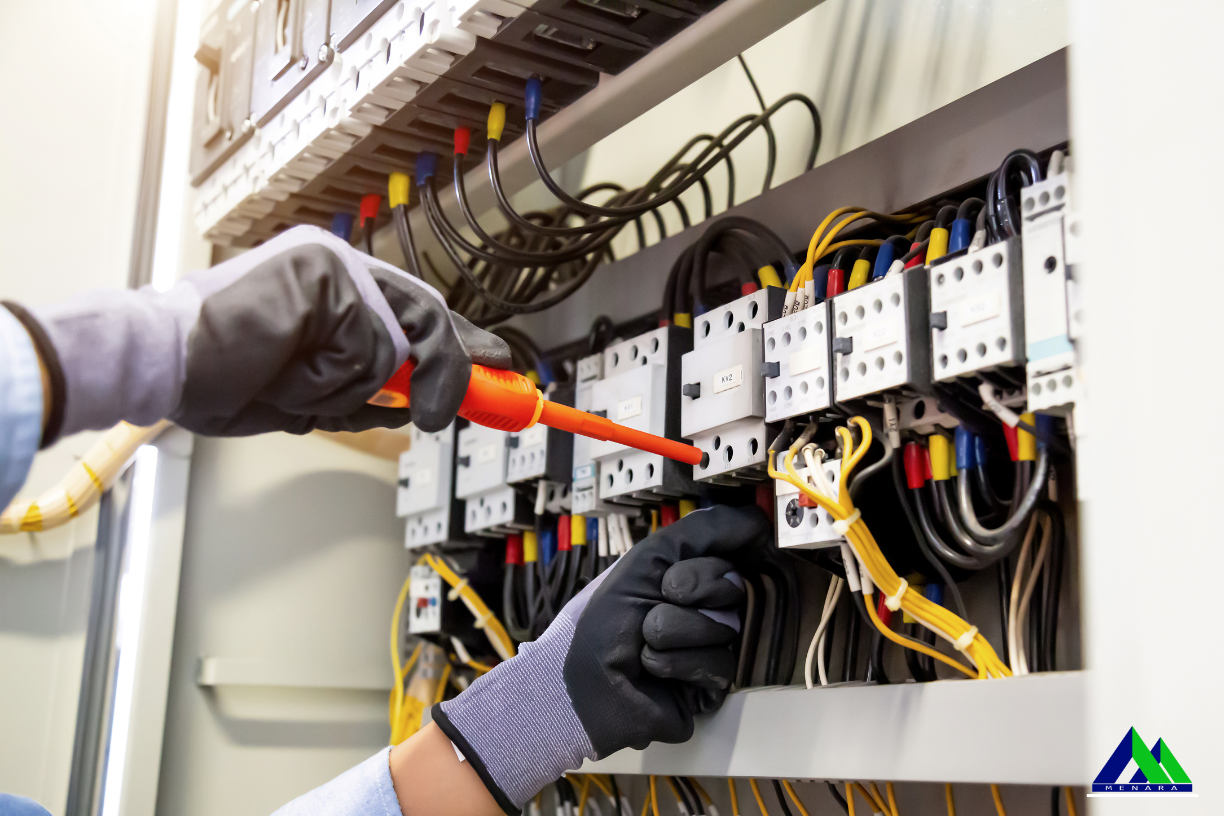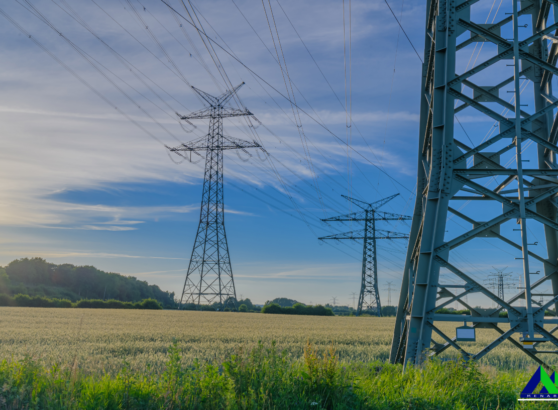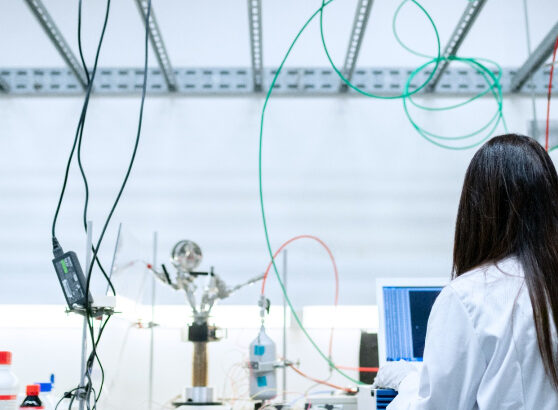In modern buildings, electrical systems are indispensable, powering everything from basic lighting to complex digital infrastructure. However, these systems also present significant health and safety risks if not properly designed, installed, and maintained – thus why we should take electrical safety very seriously. This article explores the crucial role of electrical engineering in building safety and emphasizes the importance of ongoing maintenance.
The Risks of Electrical Systems
Electrical hazards in buildings can lead to severe consequences, including:
- Fires caused by faulty wiring or overloaded circuits
- Electrocution from direct contact with live components
- Arc flash incidents resulting in severe burns and injuries
- Power outages disrupting critical operations and safety systems
Each of these risks can result in property damage, personal injury, or even loss of life. Understanding these dangers is the first step in creating a comprehensive safety strategy.
The Role of Electrical Engineering in Building Safety
Electrical engineers play a pivotal role in mitigating these risks through several key activities:
- System Design: Creating electrical systems that meet safety standards and building codes while accommodating specific structural needs.
- Load Calculation: Ensuring electrical systems can handle required power demands without overloading.
- Grounding and Bonding: Implementing proper systems to protect against electric shock and equipment damage.
- Circuit Protection: Designing and installing appropriate circuit breakers, fuses, and other protective devices.
- Safety Equipment Selection: Specifying the use of ground fault circuit interrupters (GFCIs), arc fault circuit interrupters (AFCIs), and other critical safety devices.
By addressing these areas, engineers lay the foundation for a safe and reliable electrical infrastructure within buildings.
The Importance of Ongoing Maintenance
Even the best-designed electrical systems require regular maintenance to ensure continued safe operation. This necessity stems from several factors:
- Gradual deterioration of components due to environmental factors
- Changes in building use that may strain existing systems
- Updates to safety standards and building codes
- Integration of new technologies requiring infrastructure updates
- Normal wear and tear from regular use
A comprehensive maintenance program is essential to address these ongoing challenges and maintain the integrity of the electrical system.
Key Maintenance Activities
To maintain electrical safety, building owners and managers should implement a maintenance program that includes:
- Regular Inspections: Trained professionals should conduct thorough visual and thermal inspections of electrical systems on a scheduled basis.
- Testing and Calibration: Periodic testing of circuit breakers, ground fault protection systems, and other safety devices ensures they will function when needed.
- Cleaning and Tightening: Regular cleaning of electrical panels and equipment, along with tightening of connections, prevents overheating and reduces fire risk.
- Documentation Updates: Maintaining accurate records of the electrical system, including modifications or repairs, is crucial for ongoing maintenance and troubleshooting.
- Training and Education: Ensuring that maintenance staff and building occupants are educated about electrical safety and proper equipment use fosters a culture of safety awareness.
By consistently performing these activities, building managers can significantly reduce the risk of electrical accidents and system failures.
The Benefits of Prioritizing Electrical Safety
Investing in proper electrical engineering and maintenance offers numerous benefits:
- Enhanced life safety for building occupants and workers
- Protection of valuable property and assets Improved operational continuity and reduced downtime
- Legal compliance, avoiding fines and liabilities
- Increased energy efficiency and reduced operating costs
- Extended equipment lifespan, delaying costly replacements
These benefits underscore the importance of viewing electrical safety not as an expense, but as a critical investment in the building’s overall health and functionality.
Conclusion
The health and safety implications of electrical engineering in buildings are profound and far-reaching. From initial design to ongoing maintenance, every aspect of a building’s electrical system plays a crucial role in protecting lives and property. By prioritizing electrical safety through proper engineering and diligent maintenance, building owners and managers can create safer, more reliable environments for all occupants.
As our reliance on electrical systems continues to grow, so too does the importance of ensuring their safe and effective operation. Regular inspections, timely upgrades, and a proactive approach to maintenance are not just best practices – they are essential components of responsible building management. In the end, the investment in electrical safety pays dividends in the form of protected lives, preserved assets, and the peace of mind that comes from knowing a building’s critical systems are operating as safely and efficiently as possible.
By understanding the risks, implementing proper engineering practices, and maintaining a rigorous maintenance program, building stakeholders can significantly enhance the safety and reliability of their electrical systems. This comprehensive approach not only protects against immediate dangers but also ensures the long-term sustainability and efficiency of the building’s electrical infrastructure.











